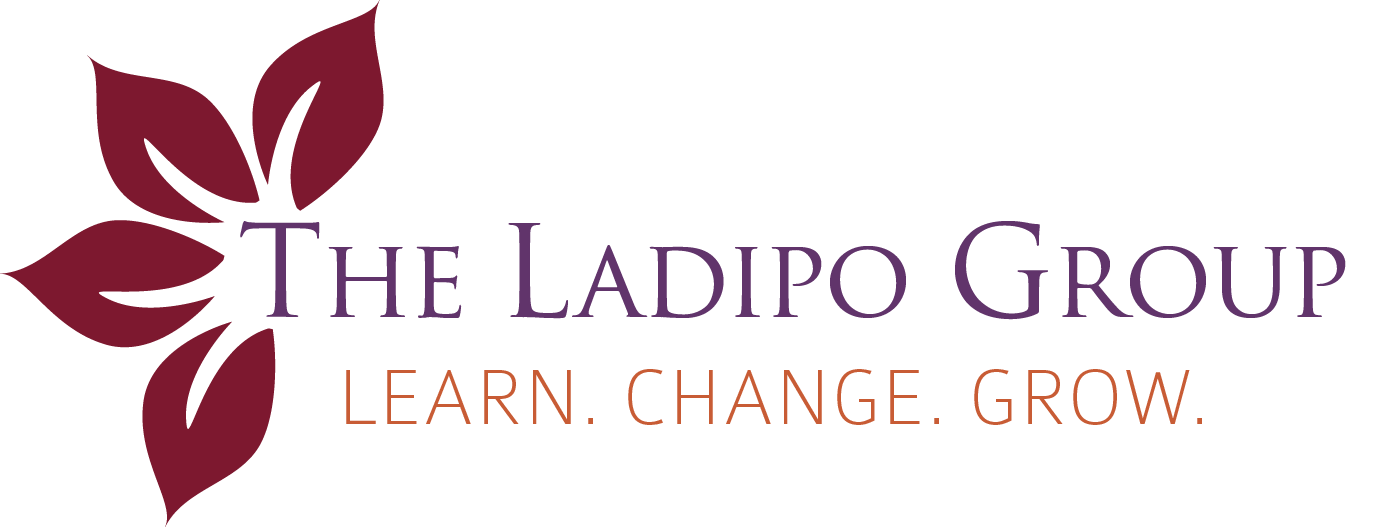As we’ve seen even the best companies are vulnerable to discriminatory practices if they don’t systematically identify, address, and prevent them.
All too often, companies choose anti-bias training as a band-aid that doesn’t actually produce change. Ineffective and bad anti-bias training is worse than no anti-bias training at all. A few hours of training is just long enough for people to feel defensive and resentful. Instead, people leave feeling angry, resentful, or guilty without the specific tools to actually produce change.
We believe that Knowledge is Good but Behavior is Better.
Real change comes from increased awareness and the tools to behave differently. Research consistently shows that the biggest predictor of success is not intelligence or skill. It’s emotional intelligence (EQ). EQ is the capacity to recognize our own feelings and those of others, for motivating ourselves and for managing emotions effectively. It allows us to engage employees and embark on necessary but uncomfortable conversations that build a culture of growth and belonging.
Hold Employees Accountable for Their Behavior
Companies cannot regulate the thoughts and values of their employees, but they can regulate behavior by clearly defining what is acceptable. Your employees can think what they want. Their feelings and values are their own. However, at work, there are guidelines that companies set for how employees behave and interact with each other and their clients. Change happens when companies put systems and processes in place to hold people accountable for discriminatory behavior.
Measure Results
Strong HR policies, coaching, and ongoing training are necessary for accountability. This includes:
- surveying customers, employees, and managers about experiences with discrimination or bias within the company
- incentives for people or departments with lower incidents of discrimination
- training and coaching support for people and departments with high or ongoing incidents of discrimination
- consequences such as performance improvement plans and even termination for people who continue to exhibit discriminatory behavior
Companies and organizations have a responsibility to set and enforce the standards of behavior they expect from their workforce. Quality training and programming can help you get there.











